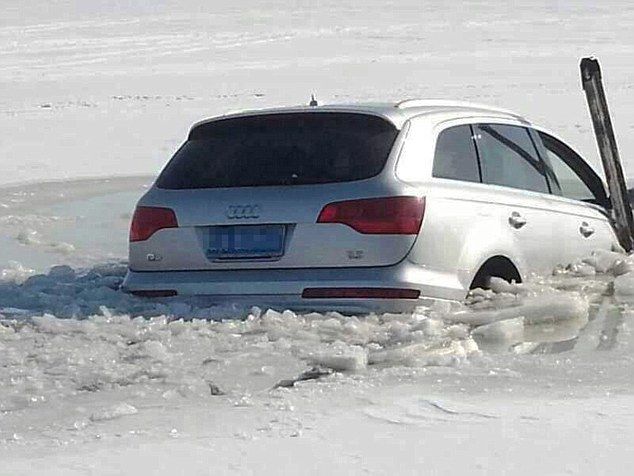When winter hits hard and roads turn into icy nightmares, your car’s durability suddenly matters way more than its looks or horsepower. Some cars can take on the cold like champions — they glide over frosty streets, their engines start smoothly even at -20°F, and their parts don’t snap or seize up when the mercury drops.
But others? Total disasters. Frostbite doesn’t just hit your fingers; it hits weak car seals, brittle plastics, batteries, and electronics that were never made for freezing temps.
In this article, we’re diving into five cars known for their resilience in freezing conditions — the ones you’d want parked in your driveway when the blizzards roll in — and five cars notorious for struggling or even failing when frost bites hard.
We’ll break down what makes the winter warriors so good: solid engineering, all-wheel drive systems, tough materials, and heating systems that work reliably. On the flip side, we’ll look at the cars that just don’t hold up — the ones with fragile seals, finicky electronics, or designs that weren’t meant for ice and snow.
So buckle up, whether you’re living in Minnesota or planning a ski trip, because knowing which cars will survive the freeze could save you from a very cold, very expensive headache.
5 Cars That Don’t Crack in Ice
Some cars handle icy conditions like champs. The Subaru Outback, Jeep Wrangler, Volvo XC90, Audi Quattro, and Toyota Land Cruiser are beasts on slippery roads. Thanks to solid all-wheel-drive systems, great traction, and stability control, these five ride through ice without cracking under pressure or losing grip. Solid choices!
ALS READ: 5 Dashboards That Stay Solid After Years and 5 That Crack Like Paper
1. Subaru Outback
The Subaru Outback is legendary for winter performance. Its symmetrical all-wheel drive system keeps you glued to the road, even when the snow piles up or black ice lurks.
What’s awesome about the Outback is how purpose-built it feels for cold weather. The ground clearance is higher than most crossovers, letting you plow through snowdrifts without scraping the undercarriage.

Under the hood, the Outback’s engines are known for durability — they start without a fuss even in subzero temps. Heated seats and mirrors are often standard, which isn’t just a luxury; it’s a winter survival feature. The windshield wiper de-icer? Genius. It stops your blades from freezing and lets you see when driving through a snowstorm.
Owners report that Subarus, especially the Outback, handle icy roads better than most SUVs. Combine that with its tough-as-nails build, and you get a car that won’t crack, literally or figuratively, when winter comes knocking. From the all-wheel-drive traction to the cold-proof electricals, the Outback is built for people who live in places where frost is just part of life.
2. Volvo XC90
The Volvo XC90 isn’t just about luxury — it’s about surviving brutal Scandinavian winters. Volvo engineers know a thing or two about cold. The XC90 comes with all-wheel drive, robust heating systems, and winter packages that include heated steering wheels, heated washer nozzles, and even a pre-conditioning system that warms up the cabin before you get in.
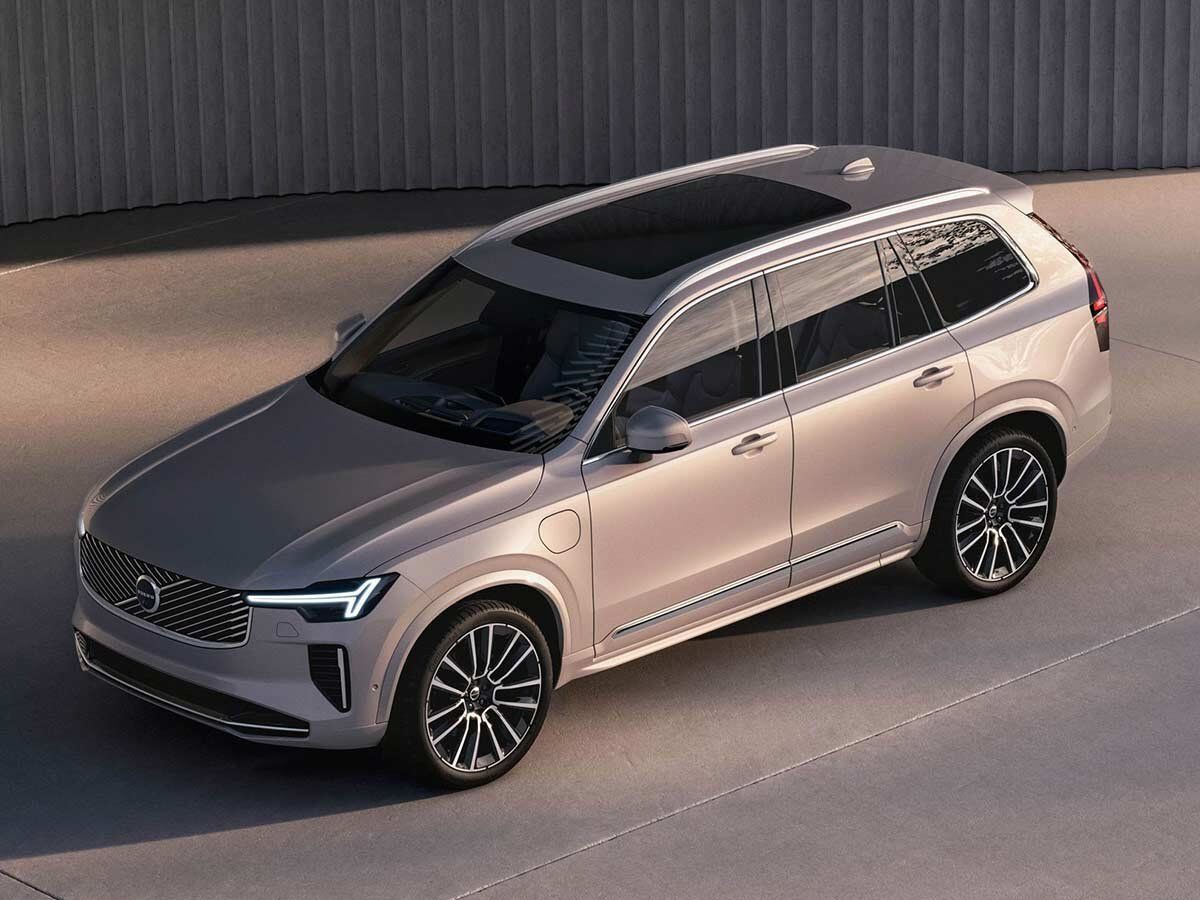
Structurally, the XC90 uses materials designed to withstand temperature swings. Rubber seals around doors and windows stay flexible, not brittle. The electronics are designed to work in low temperatures, and the battery system is reinforced for cold starts. Add to that the XC90’s snow traction control and advanced stability systems, and you’ve got a car that’s like driving a warm, secure bunker over an icy tundra.
What owners rave about is the confidence they feel. You don’t have to fight the car or hope it won’t stall when it’s -10°F. The XC90 takes the cold in stride — you can feel it in the smooth startup, the reliable brakes, and the overall solid handling on frosty roads.
3. Toyota Land Cruiser
If there’s one SUV built to handle extreme environments, it’s the Toyota Land Cruiser. This beast has tackled deserts, jungles, and yes, icy mountain passes. The Land Cruiser’s four-wheel-drive system with locking differentials gives you grip even on the slickest ice.

Its engine is overbuilt for reliability. It cranks up in freezing temps when other cars are left clicking helplessly. Toyota’s engineering focus on ruggedness means the materials, from gaskets to suspension components, are chosen to endure harsh conditions. Heated seats and mirrors, excellent cabin insulation, and a reliable heating system keep you and the passengers warm, no matter how cold it gets outside.
Owners in places like Alaska or northern Canada swear by the Land Cruiser. It’s not flashy; it’s a tank. You can load it up, drive through a snowstorm, and trust it won’t fail. Even the electronics are hardened against cold weather. While pricey, the Land Cruiser earns its reputation as a go-anywhere, survive-anything vehicle.
4. Audi Q5 Quattro
The Audi Q5 Quattro is a winter champion thanks to its legendary Quattro all-wheel-drive system. Audi has fine-tuned this technology over the decades, and it shows in the Q5’s impeccable traction on ice and snow. The car automatically adjusts torque distribution, so the wheels with grip get the power.

Its turbocharged engines don’t mind the cold, and the interior heating systems are fast and effective. Audi’s attention to detail is clear in features like heated seats, heated side mirrors, and a windshield that stays clear of ice buildup. Importantly, the Q5’s materials — the plastics, seals, and electronic components — are high quality and don’t go brittle or glitch out in subzero conditions.
What drivers love is how confident the Q5 feels on winter roads. It doesn’t slip and slide like some rear-wheel-drive cars; it holds its line. Whether you’re commuting in a blizzard or heading up a ski slope, the Q5 makes cold-weather driving feel, dare we say, almost fun.
5. Jeep Wrangler Rubicon
The Jeep Wrangler Rubicon thrives where the road ends — and that includes frozen landscapes. Designed for off-road adventures, the Rubicon is no stranger to ice, snow, and freezing winds. Its robust four-wheel-drive system, complete with locking differentials, can conquer snow-covered trails that would leave most cars stuck.

The Wrangler’s engines are tough, with a reputation for cold starts. Inside, it’s no luxury cabin, but the heating system is powerful, and the rugged design means fewer delicate parts that can freeze or crack. The Wrangler’s high ground clearance and chunky tires make it ideal for driving through deep snow or over icy terrain.
Wrangler owners often say it’s the only vehicle they trust for remote winter trips. It’s not about comfort — it’s about survival. The Wrangler shrugs off frost, ice, and snow, keeping you moving when other cars wave the white flag. If you want a car that laughs at blizzards, the Rubicon is your ride.
5 Cars That Break From Frost
Some cars just can’t handle the cold. The Fiat 500, Mini Cooper, Smart Fortwo, Chevy Spark, and Nissan Leaf often struggle in freezing temps. Thin seals, battery issues, and weak insulation mean frost can mess them up fast. Not the best picks if you’re living in an icy zone!
ALSO READ: 5 Infotainment Systems That Rarely Crash and 5 That Constantly Lag
1. Fiat 500
The Fiat 500’s cute looks don’t save it from winter struggles. This small city car is not built for subzero conditions, and owners report issues like frozen door locks, weak heating, and a battery that can’t handle the cold.
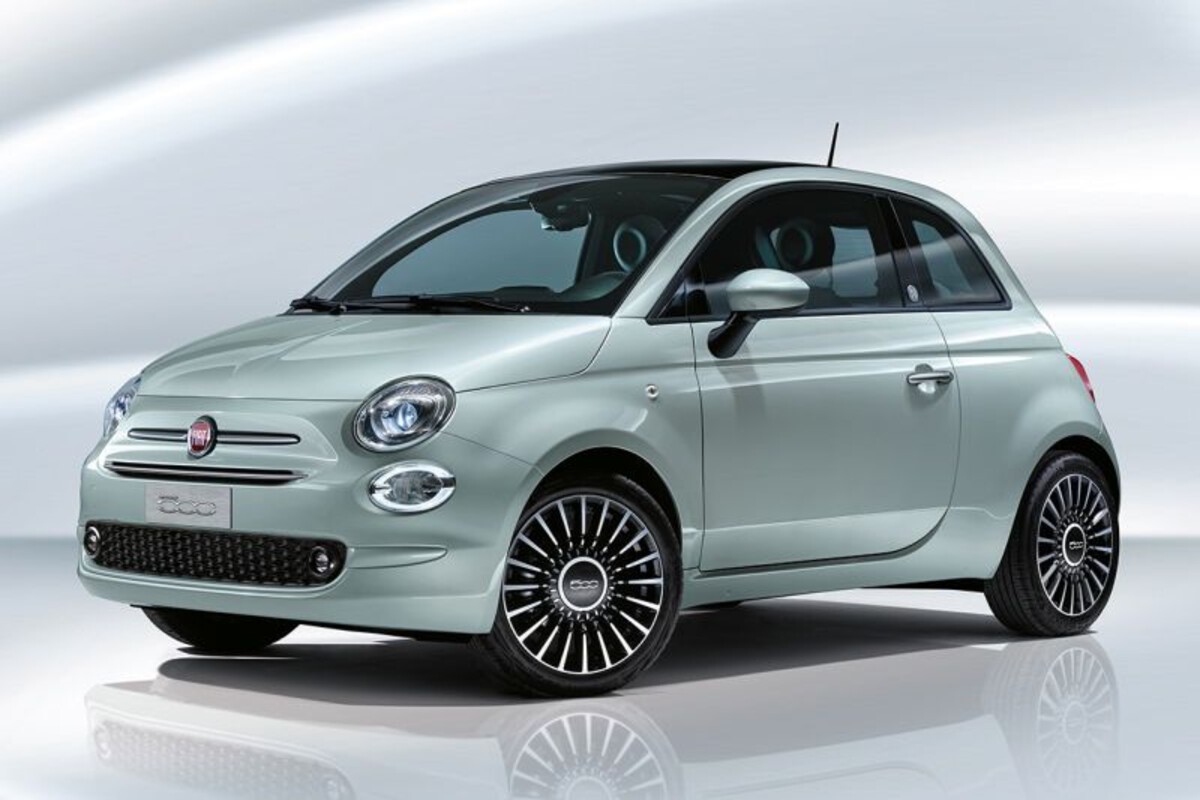
Its tiny size and light weight don’t help on icy roads — the car slides around too easily, and the front-wheel drive can only do so much when traction disappears. The electronics can be finicky, and plastic parts, especially in older models, tend to crack or become brittle in freezing temperatures.
While the Fiat 500 is fine for mild winters, throw it into a serious frost zone, and you’ll quickly wish you had something more robust. Owners often find themselves stuck with a dead battery, frozen doors, or a car that simply refuses to start. Cute? Yes. Winter-ready? Not really.
2. Smart Fortwo
The Smart Fortwo is designed for tight urban streets, not icy backroads or frozen highways. Its ultra-compact body and lightweight construction make it a nightmare on ice — the car just doesn’t have the weight or traction to stay stable.
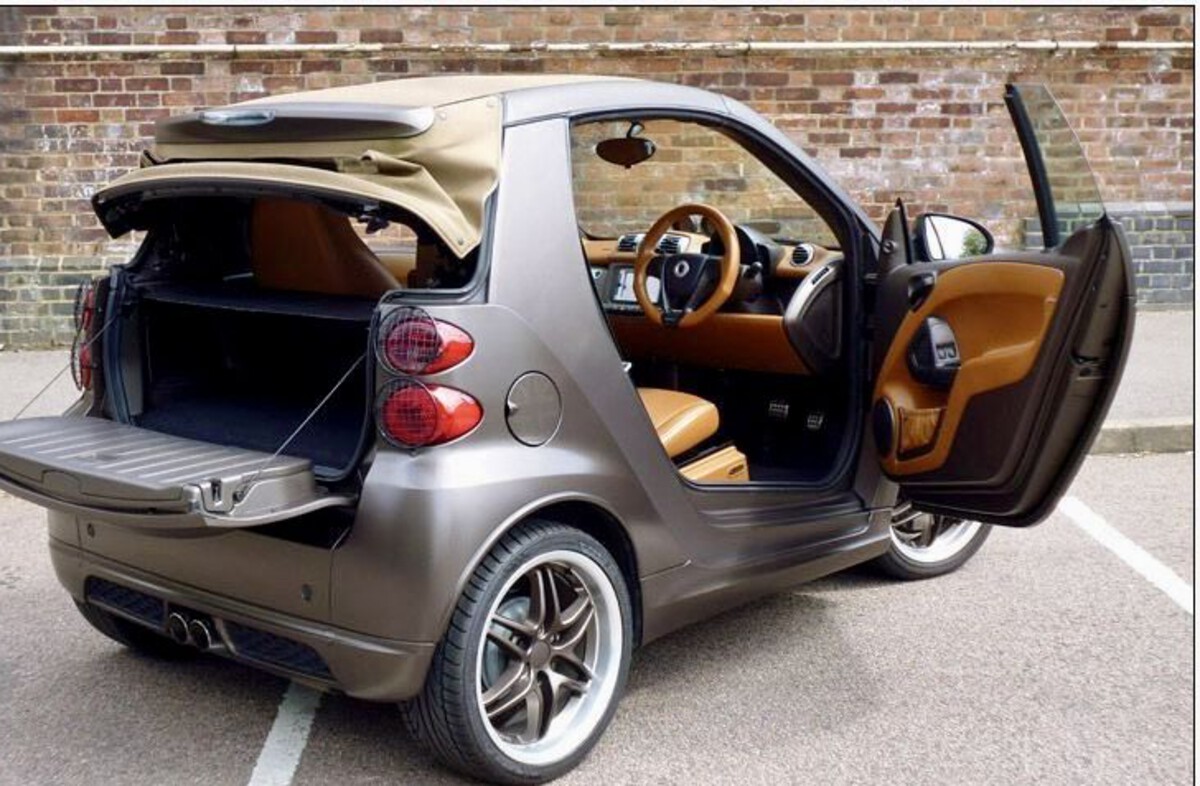
The heating system is weak, and many owners complain about how long it takes to warm up the tiny cabin. The electronics are prone to glitches in extreme cold, and the battery has a reputation for dying in freezing weather. Plastic trim pieces and seals are also known to harden and crack when the temperature plummets.
If you live somewhere with mild winters, the Fortwo can get by. But park it in a place where frost lingers, and you’ll soon learn it’s not cut out for the cold. It’s a city car, not a snow survivor.
3. Chevrolet Spark
The Chevrolet Spark is another budget-friendly small car that struggles when frost rolls in. Its small engine doesn’t love cold starts, and the heating system is often underpowered for seriously cold mornings. Owners in northern regions report issues with frozen door seals, brittle plastic components, and a generally flimsy feel when temperatures drop.

The front-wheel drive helps a little, but the light body means traction is always a challenge on snow and ice. Batteries in the Spark tend to give up faster in cold weather, and the cabin insulation is minimal, leaving passengers shivering longer than they should.
While it’s a great car for city commuting and fuel economy, the Spark is not a winter warrior. When frost hits hard, you’ll quickly notice where corners were cut.
4. Nissan Leaf
The Nissan Leaf, as an electric vehicle, faces unique challenges in the cold. Batteries lose significant range in freezing temperatures, and cold-weather performance drops dramatically. Owners often report that their expected range can be cut in half or more when it’s below freezing.
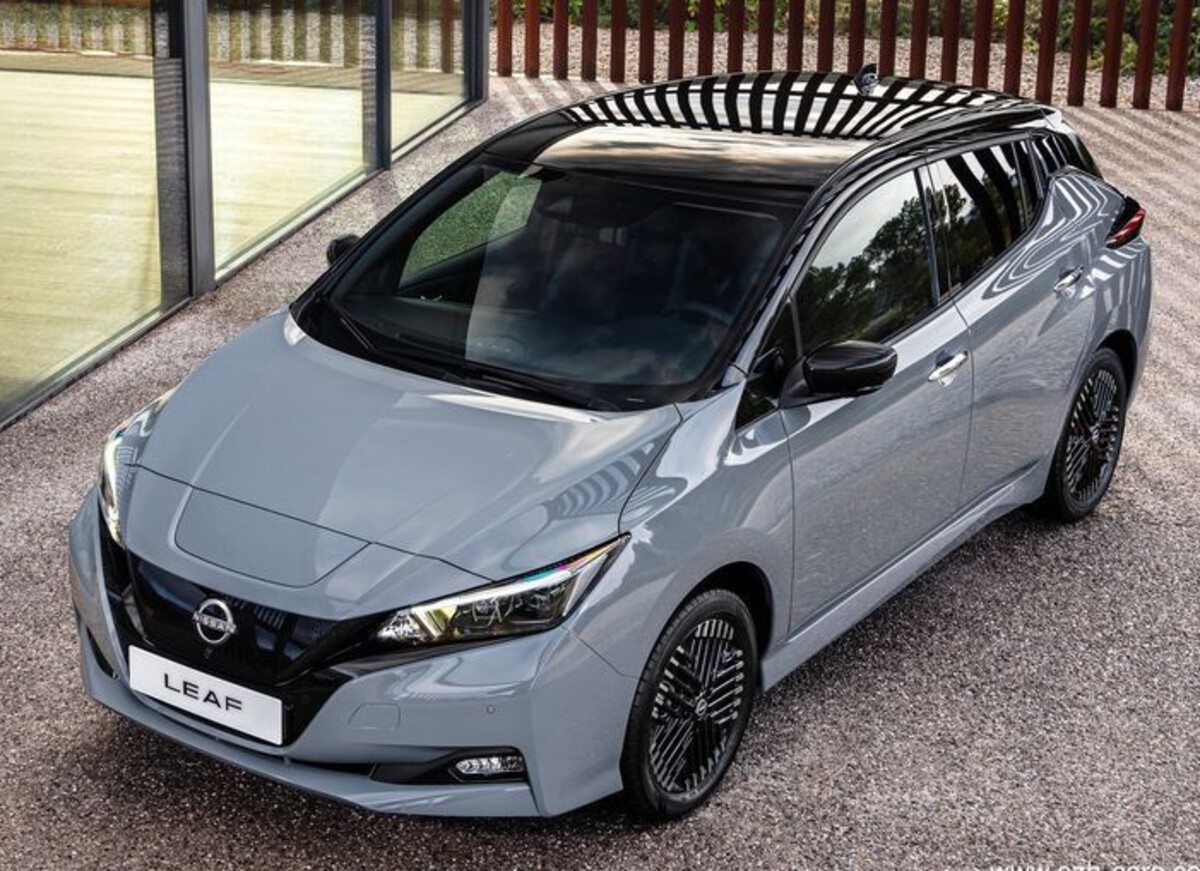
Additionally, the Leaf’s heating system pulls power from the same battery that drives the car, meaning you have to choose between staying warm and maximizing range. The light front-wheel-drive setup doesn’t handle ice and snow as confidently as heavier AWD vehicles.
While newer Leaf models include some cold-weather features, the older models especially struggle. If you’re planning long trips or regular commutes through icy conditions, the Leaf’s limitations in the cold can become painfully obvious.
5. Mini Cooper
The Mini Cooper, while zippy and fun in the city, isn’t made for Arctic adventures. Owners frequently report issues like frozen door handles, stiff or brittle plastic parts, and a heating system that struggles on the coldest days.
Traction is another issue. While some models offer all-wheel drive, many are front-wheel drive with a sporty tuning that doesn’t translate well to icy roads. The Mini’s low ground clearance also becomes a problem when snow piles up, making it easy to get stuck.

While the Mini Cooper is a stylish, fun car for warmer climates or mild winters, it’s just not built to handle extreme frost. It might survive a few snowy days, but in serious cold, it’s outclassed by hardier, more rugged vehicles.
Not all cars are made equal when it comes to winter. Some, like the Subaru Outback and Jeep Wrangler Rubicon, are designed with cold, ice, and snow in mind. They pack in the right mix of mechanical toughness, smart features, and materials that don’t crack or seize up when the frost hits. If you live in a cold climate, investing in one of these proven winter survivors can save you endless frustration — and possibly even your safety.
On the other hand, cars like the Fiat 500, Smart Fortwo, or Nissan Leaf are fantastic in their niches but show their weak spots when winter rolls in. They weren’t designed to tackle extreme cold, and pushing them into that environment leads to battery failures, heating struggles, and even frozen, cracked parts.
So, if you’re facing icy roads and subzero mornings, think beyond just looks or gas mileage. The best winter car is the one that will start every time, keep you warm, and get you where you need to go without drama. And if you’re stuck with one of the frost-sensitive models? Maybe it’s time to rethink your winter ride.

